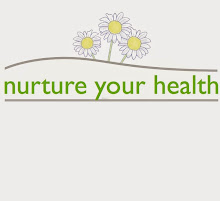 The Environmental Working Group (EWG) has just released their 2015 Shopper's Guide to Pesticides in Produce. The guide includes a list of the Dirty Dozen, which are the top 12 fruits and vegetables that the EWG found to be the most pesticide residue contaminated, and the Clean Fifteen, which are the top 15 fruits and vegetables that the EWG found to be the least pesticide residue contaminated.
The Environmental Working Group (EWG) has just released their 2015 Shopper's Guide to Pesticides in Produce. The guide includes a list of the Dirty Dozen, which are the top 12 fruits and vegetables that the EWG found to be the most pesticide residue contaminated, and the Clean Fifteen, which are the top 15 fruits and vegetables that the EWG found to be the least pesticide residue contaminated. This guide is always an excellent resource when deciding which fruits and vegetables are the most important to buy as certified organic and which are less important.
The fruits and vegetables on the Dirty Dozen list this year include (in order from the more contaminated to the lesser contaminated, pesticide wise): apples, peaches, nectarines, strawberries, grapes, celery, spinach, bell peppers, cucumbers, cherry tomatoes, snap peas, and potatoes.
The EWG has also created a Dirty Dozen Plus category in the last few years to include foods that are found to frequently contain insecticides toxic to the central nervous system. This year the Dirty Dozen Plus includes hot peppers and leafy greens, such as kale and collard greens.
The fruits and vegetables on the Clean Fifteen list this year include (in order from the most 'clean' to less 'clean', pesticide wise): avocados, sweet corn, pineapples, cabbage, sweet peas, onions, asparagus, mangoes, papaya, kiwi, eggplant, grapefruit, cantaloupe, cauliflower, and sweet potatoes.
To read the full report from EWG, see http://www.ewg.org/foodnews/index.php

No comments:
Post a Comment